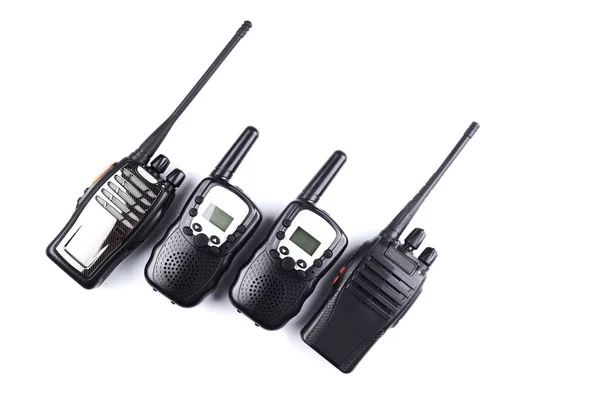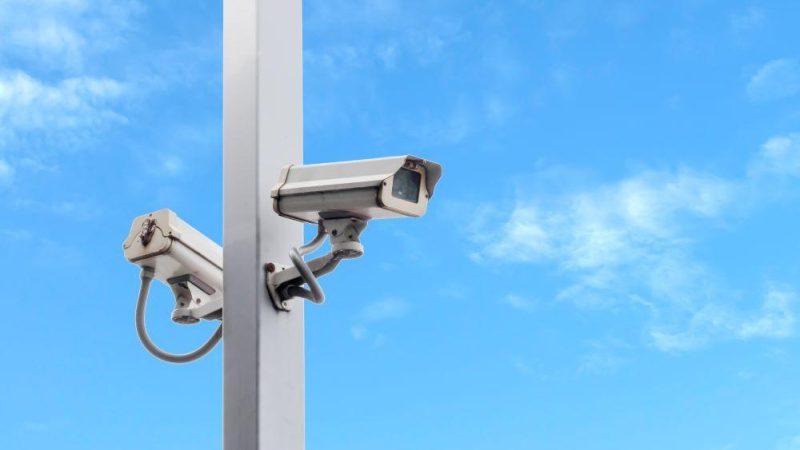Communication and Safety at Your Fingertips: A Guide to the Different Types of Radios

Radios and Their Various Uses
Radios have been around for over a century and have evolved significantly since their inception. With the invention of wireless communication, radios became an essential tool for various purposes. Today, different types of radios are available, each serving a unique purpose. Here are some of the most common types of radios and what situations they’re used for.
AM/FM
This is the most basic radio type commonly found in households and vehicles. It allows users to tune into AM and FM radio stations to listen to the news, music, and other broadcasts. AM radio is better suited for long-range broadcasts, while FM radio provides better sound quality for shorter distances.
Portable
These are small, handheld radios designed to be carried around. They are powered by batteries or a rechargeable battery and are the perfect backcountry radio for outdoor activities like camping, hiking, or fishing. Some portable radios also come with additional features like a flashlight, weather radio, or a built-in MP3 player.
Two-Way
Also known as walkie-talkies, two-way radios allow for two-way communication between two or more users. They’re commonly used in settings like construction sites, outdoor events, and emergency services. Two-way radios have a range of up to several miles, depending on the model.
Ham
Commonly known as amateur radio, ham radio is a type of radio communication that requires a license. It allows users to communicate with other ham radio operators from all over the world. Ham radio is often used in emergencies when other forms of communication are unavailable.
Marine
Boaters and sailors use marine radios for communication on the water. They operate on specific channels and can communicate with other boats or shore stations. Marine radios also have emergency channels that can be used in case of an emergency at sea.
Aviation
Pilots and air traffic controllers use aviation radios to communicate with each other during flights. Aviation radios are essential for maintaining safe air travel. Pilots and air traffic controllers use aviation radios to communicate with each other during flights, providing critical information about flight paths, weather conditions, and potential hazards.
Citizen Band
Truck drivers and other motorists commonly use Citizen Band (CB) radios for communication on the road. They operate on a different frequency than other types of radios and have a range of up to several miles. They can alert each other about traffic, road hazards, or accidents up ahead, allowing everyone to adjust their driving accordingly and avoid potential danger.
Digital
Digital radios use digital signals instead of analog signals, providing better sound quality and increased privacy. They’reBusinesses, emergency services, and public safety agencies commonly use them.
Weather
Weather radios were designed to provide up-to-date weather information and emergency alerts. They can be programmed to receive alerts for specific weather events like tornadoes, hurricanes, and floods.
Conclusion
Each type of radio serves a unique purpose and is designed for a specific situation. They’re essential for communication and safety in various settings, from outdoor activities to emergencies. Choosing the right type of radio can make all the difference in ensuring effective communication and staying safe.





